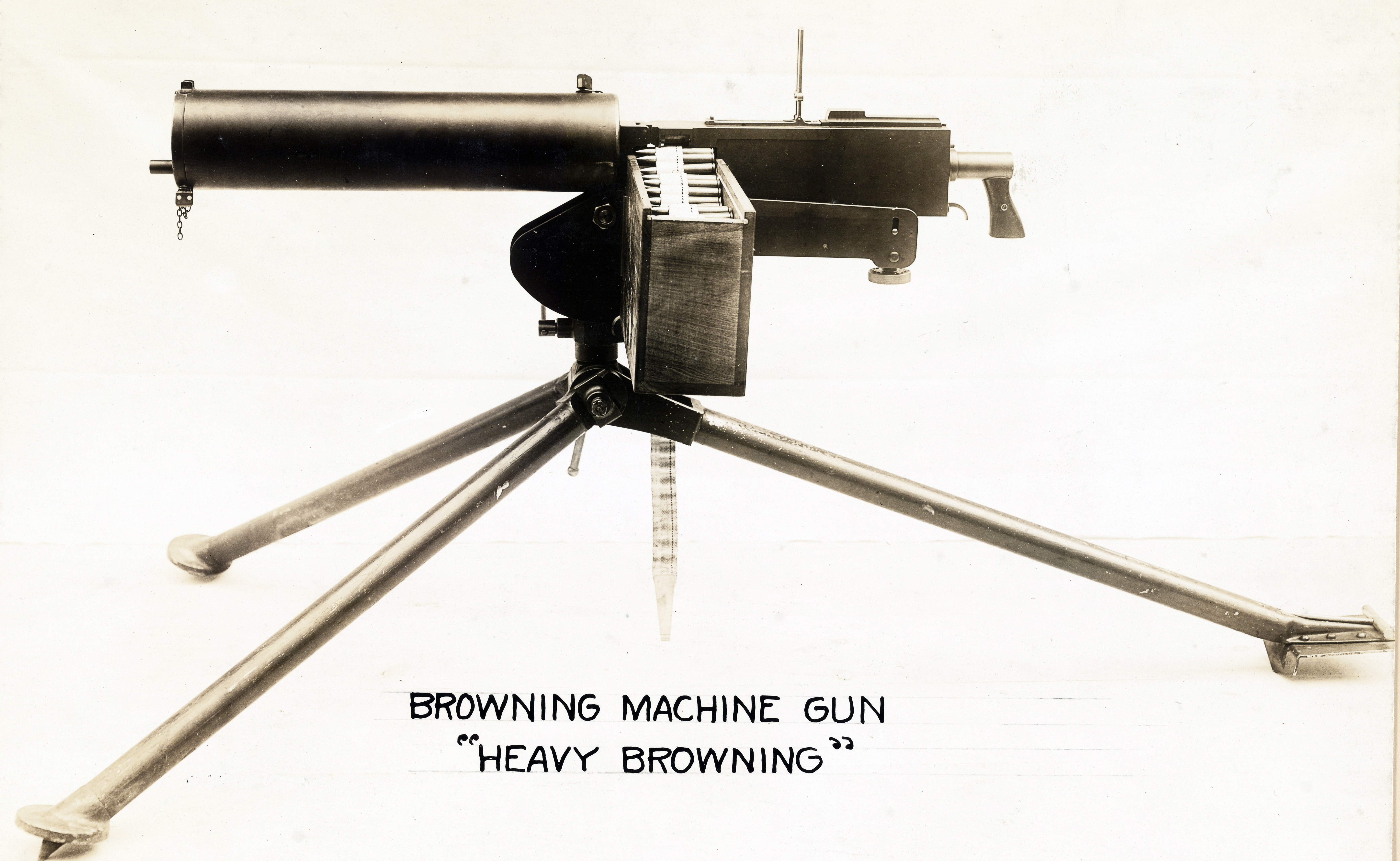
A detailed study on lives saved by the actions of armed, law-abiding citizens, issued on Aug. 31 by the Crime Prevention Research Center (CPRC), found the number reported annually by the FBI reflects a mere fraction of the real figure.
“The FBI reports that armed citizens only stopped 14 of the 302 active shooter incidents it identified for the period 2014-2022,” the report states. “An analysis by the CPRC identified a total of 440 active shooter incidents during that period and found that an armed citizen stopped 157.”
Even back in 1907, when Mark Twain penned his autobiography, the peril of relying on single-source mathematical analysis was painfully obvious. “There are three kinds of lies: Lies, damned lies and statistics,” he wrote, duly noting that Benjamin Disraeli made the timeless observation before him.
Misinformation is a fact of life, but today, it reproduces at Internet speed and can wind up in the algorithms and programs we now rely on—particularly when it comes from an authority like the FBI. It also infects mainstream media, public opinion and, ultimately, fuels political rhetoric and uninformed legislation. The report’s observation that “The FBI’s active shooting reports do not mention whether the attacks occur in gun-free zones,” highlights the latter threat.
“The FBI reported that armed citizens thwarted 4.6 percent of active shooter incidents, while the CPRC found 35.7 percent,” the report states. “In 2022, it is at least 41.3 percent. Excluding gun-free zones, it averaged over 63.5 percent.”
The difference is staggering and stands in stark contrast to what’s portrayed in the media. CPRC notes there are several factors that contribute to the FBI’s underreporting. The Bureau, for example, only includes those that take place in a “populated public place…” and “…does not include those it deems related to other criminal activity, such as a robbery or fighting over drug turf.” Clerical errors and those incidents deemed “miscellaneous” add to the inaccuracy.
It’s likely Twain could find something humorous in the FBI statistics, although it’s doubtful he’d put any of the words on paper. He was an outspoken advocate for fingerprinting—including it prominently in two of his books—long before U.S. law enforcement departments harnessed the technology.





































